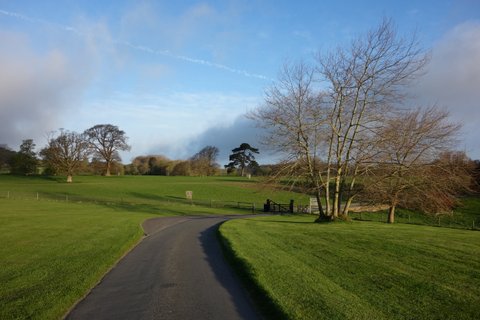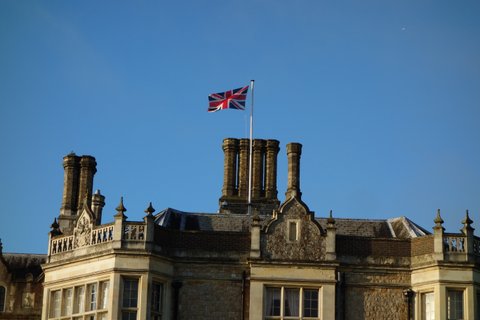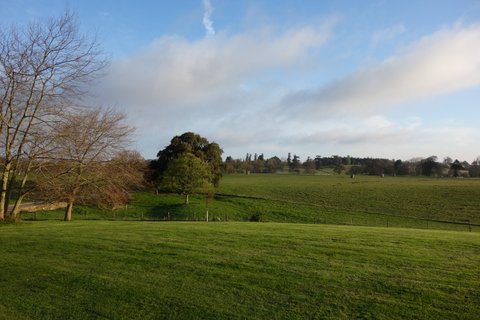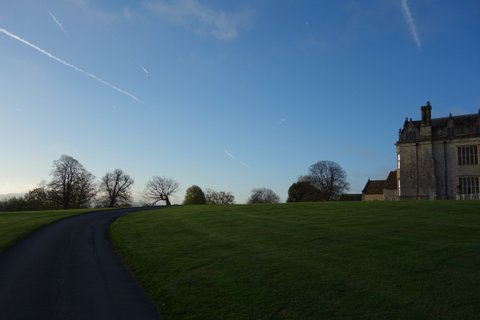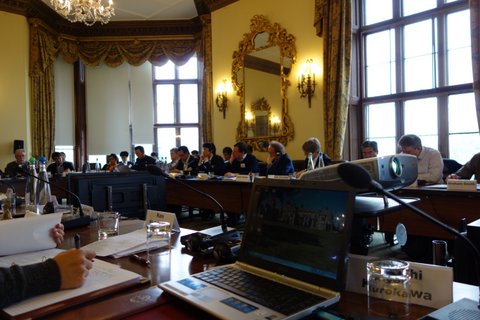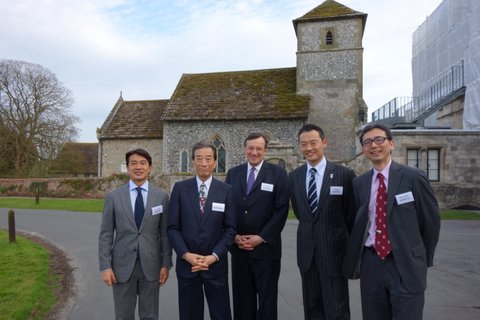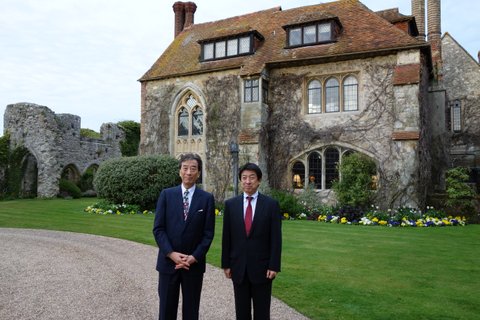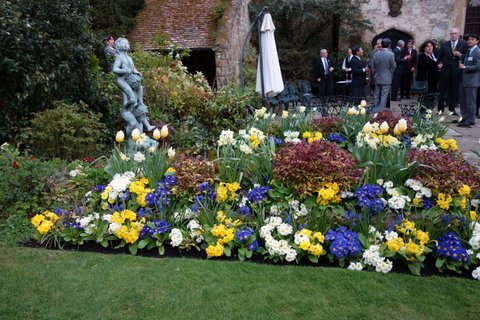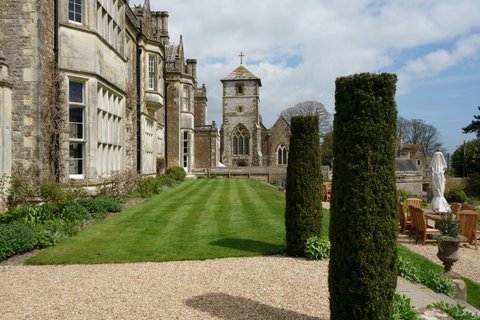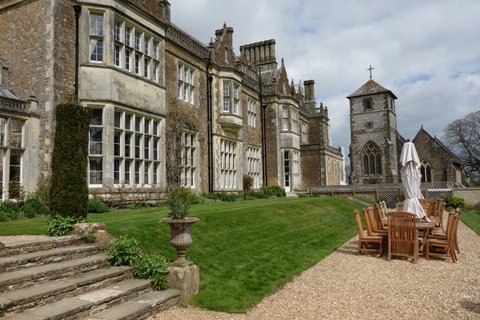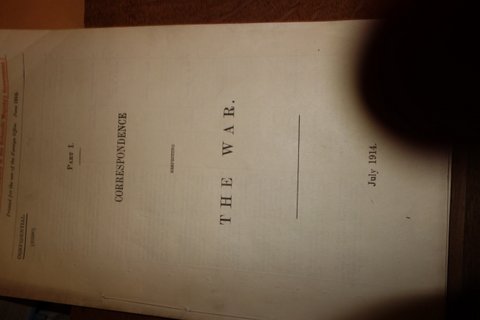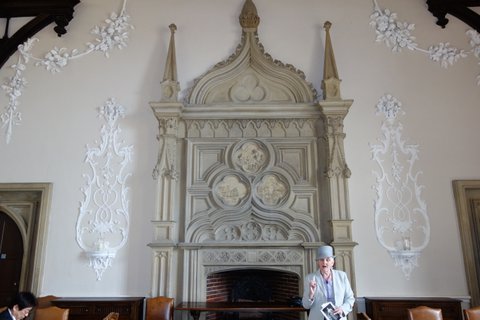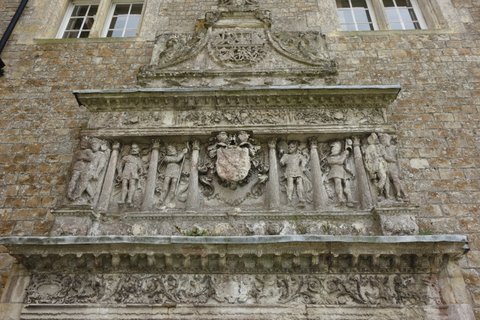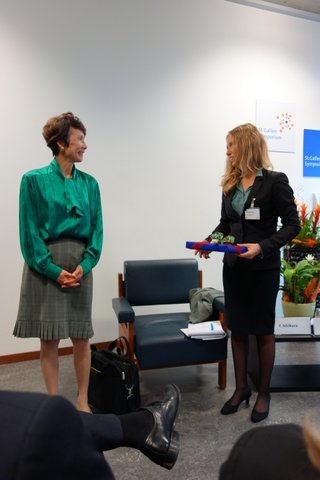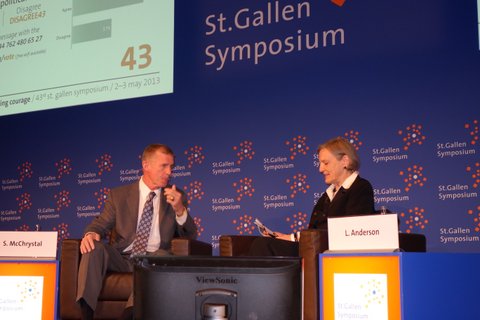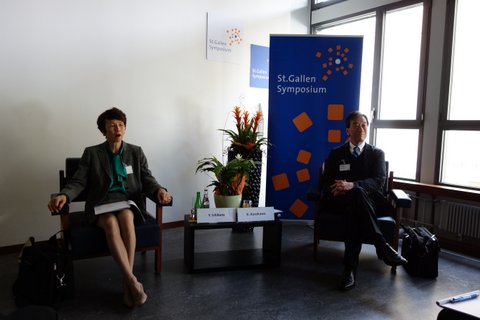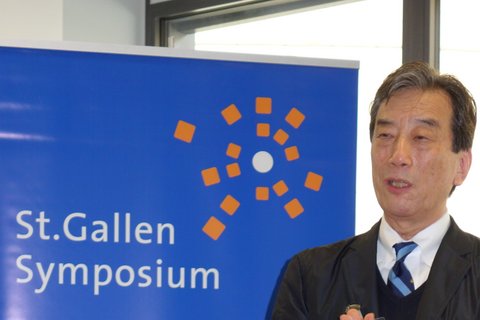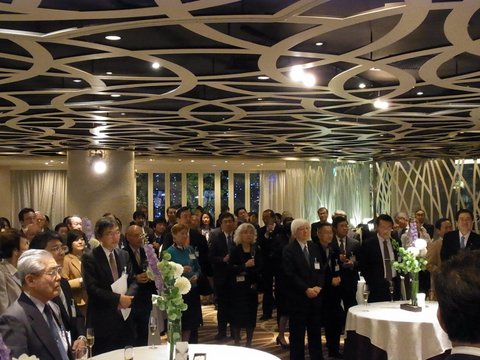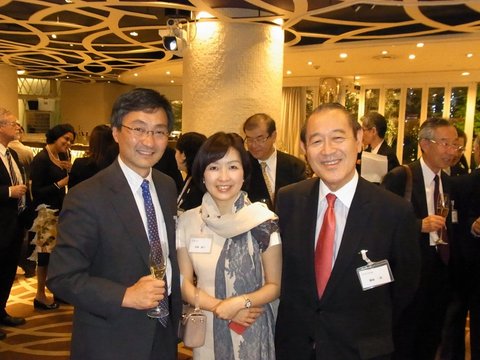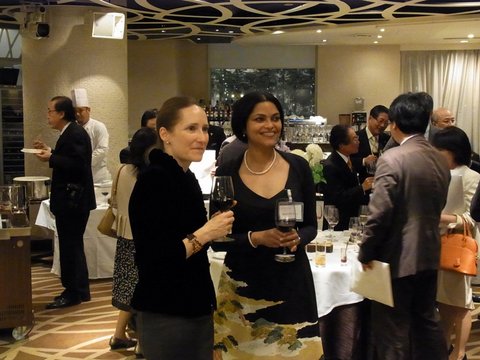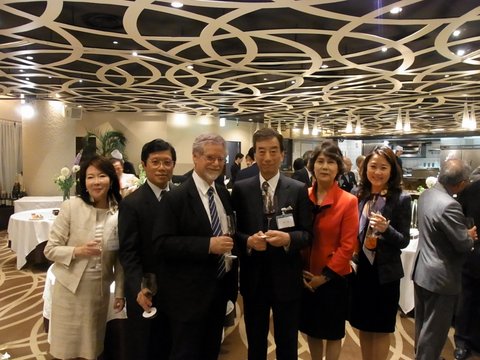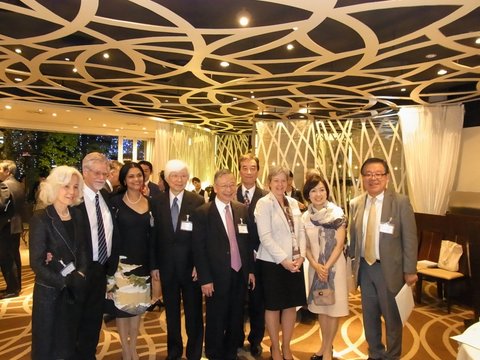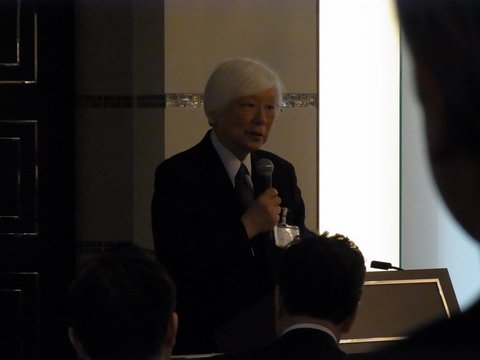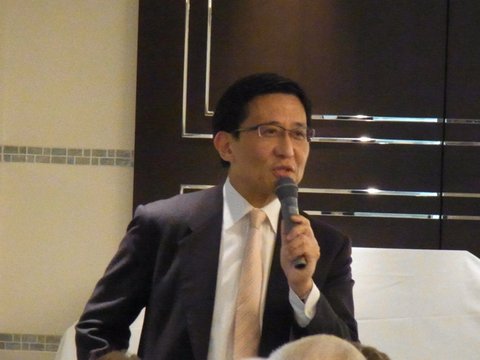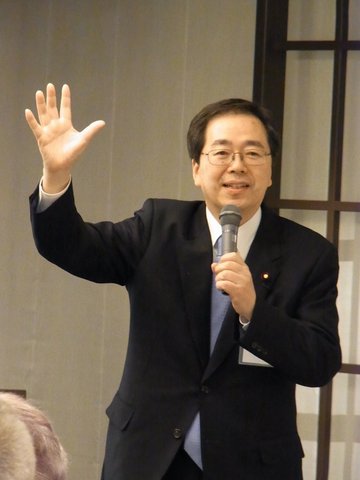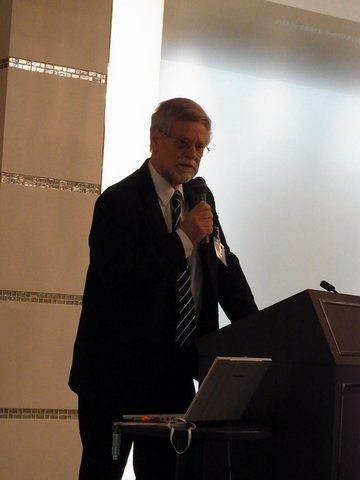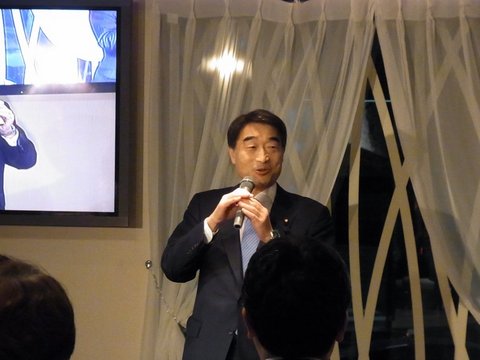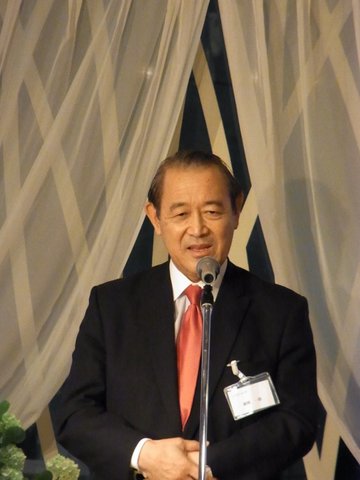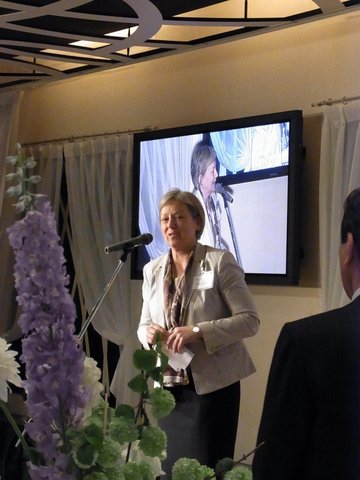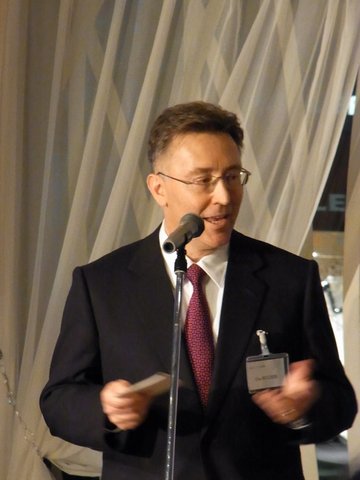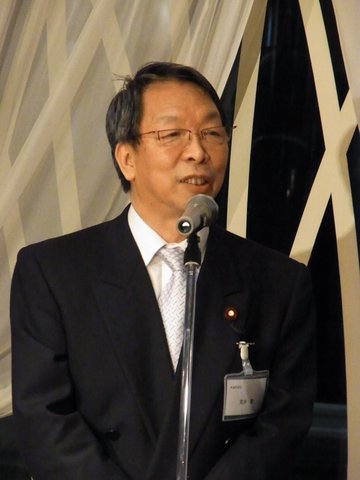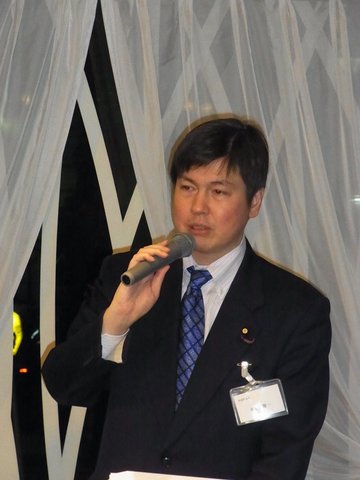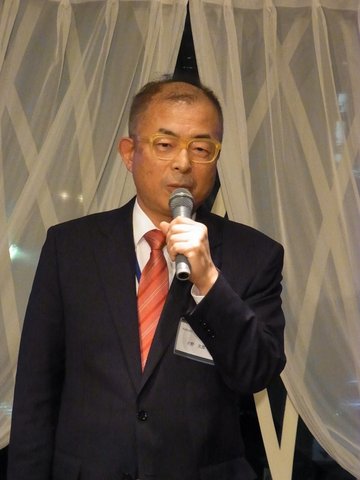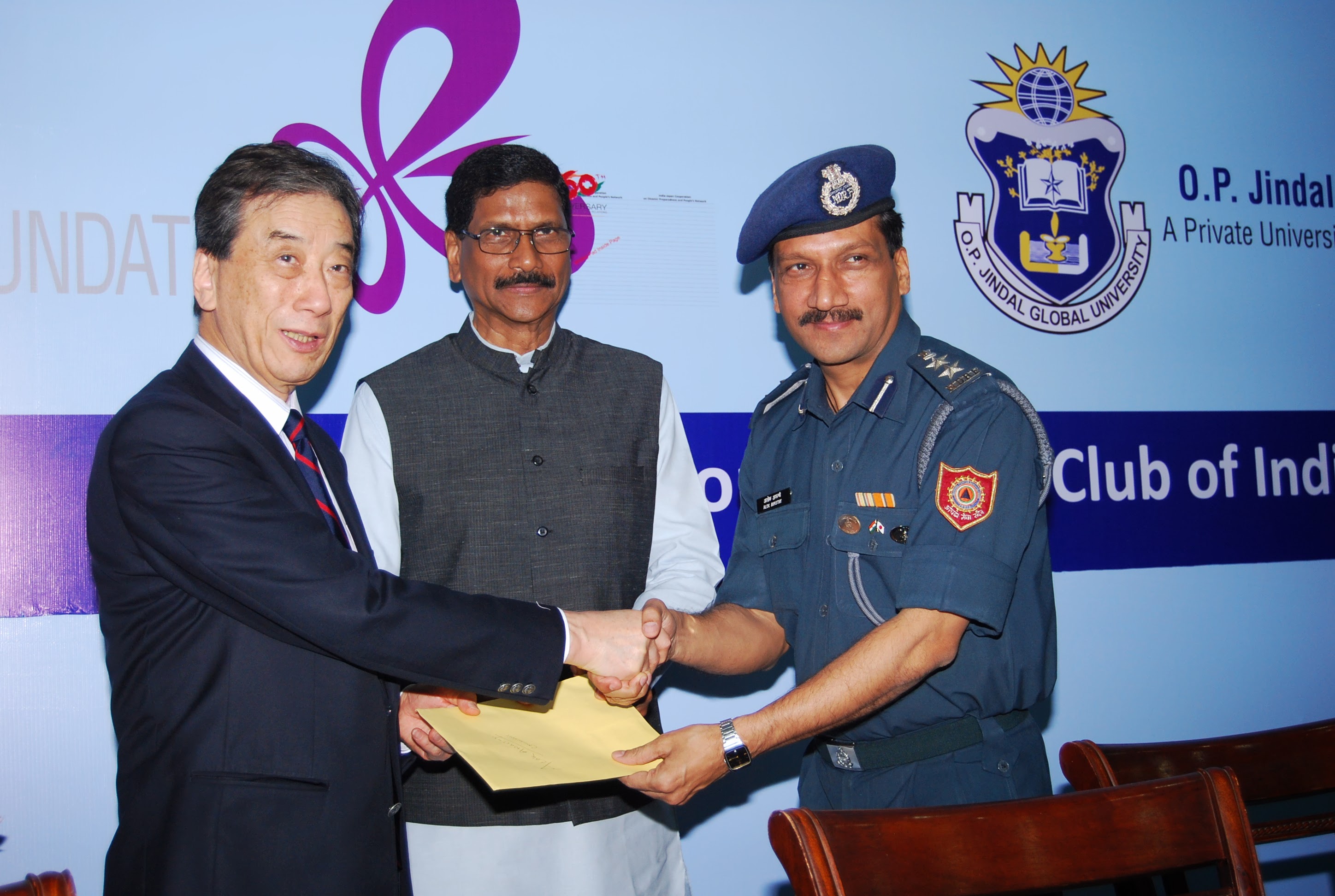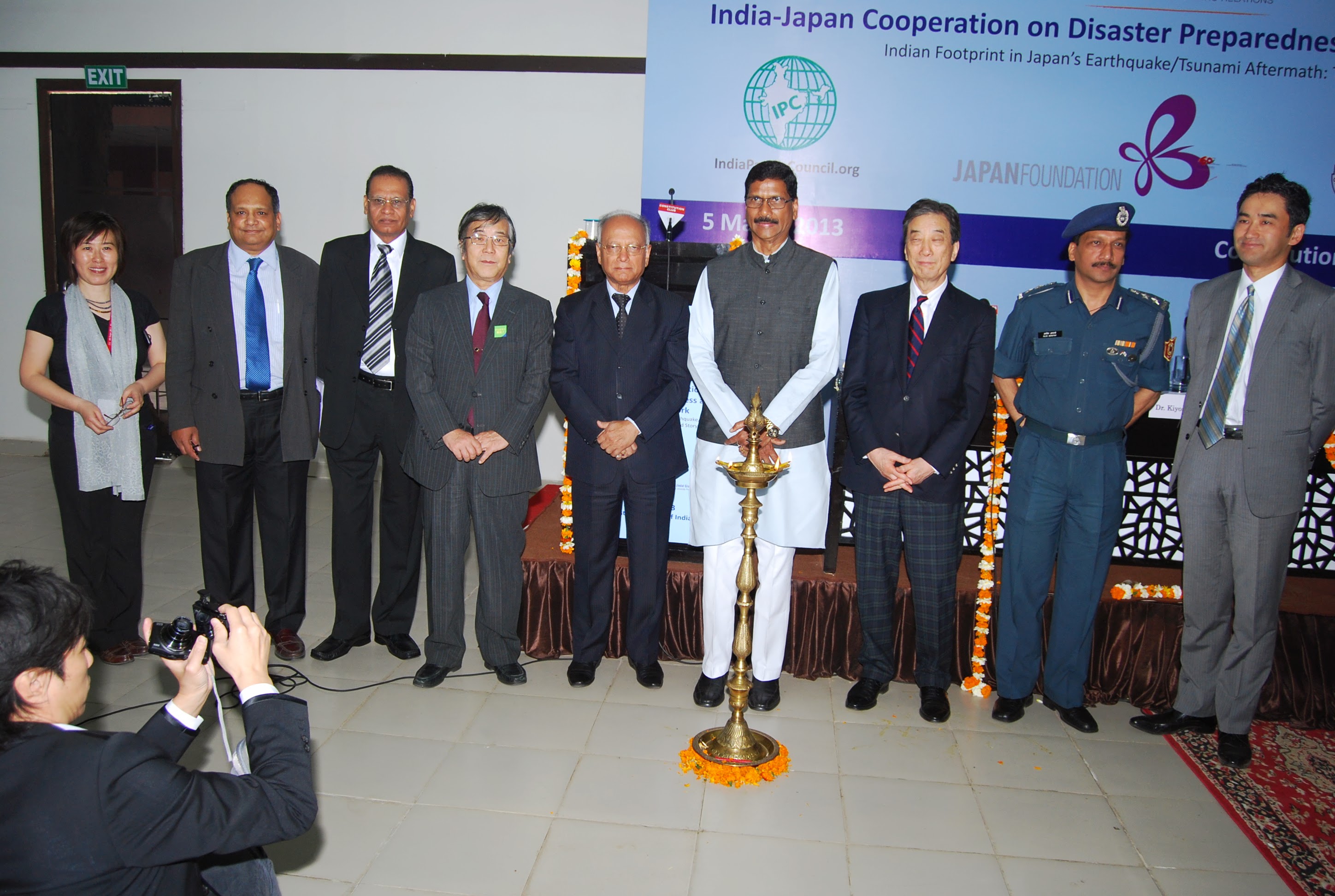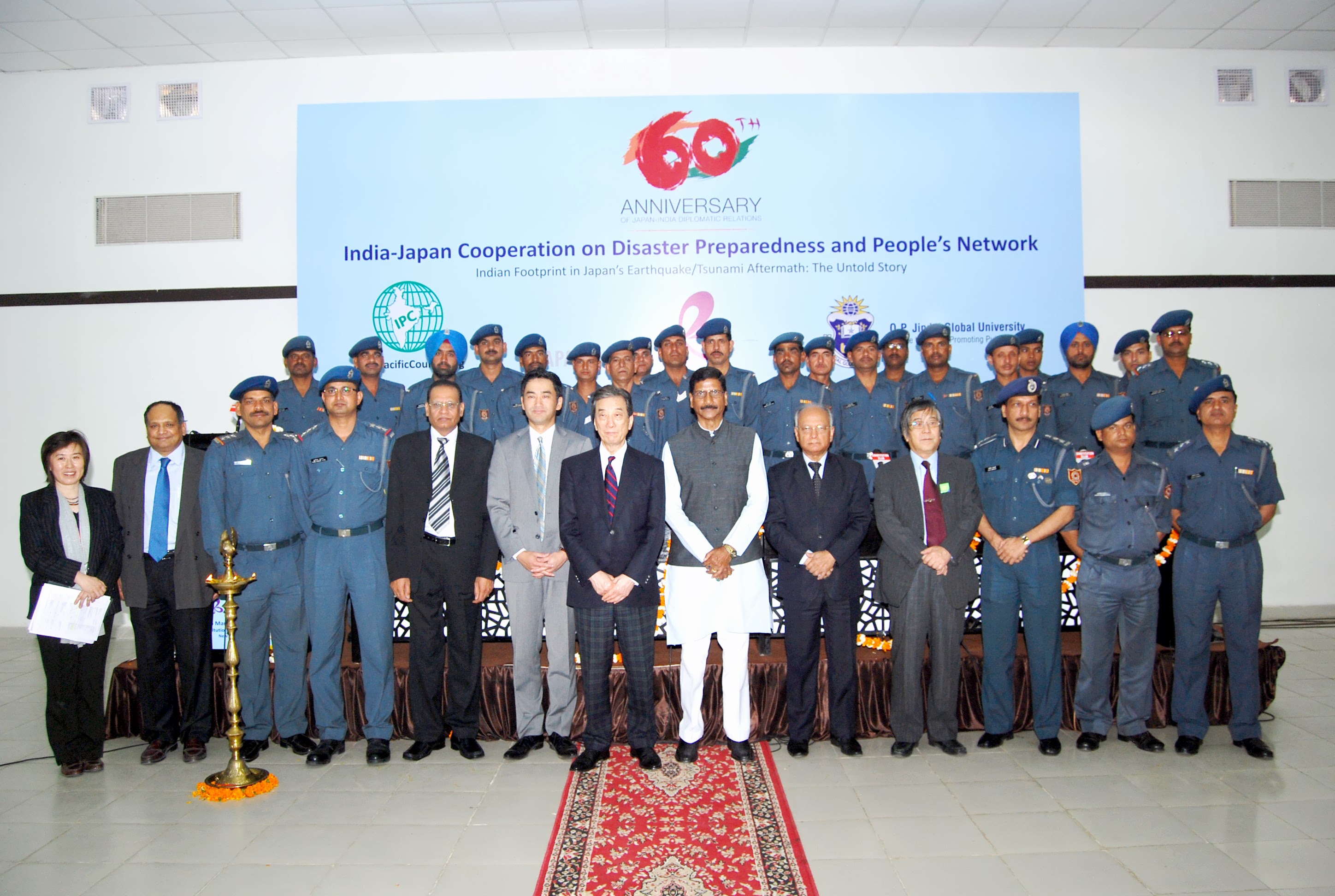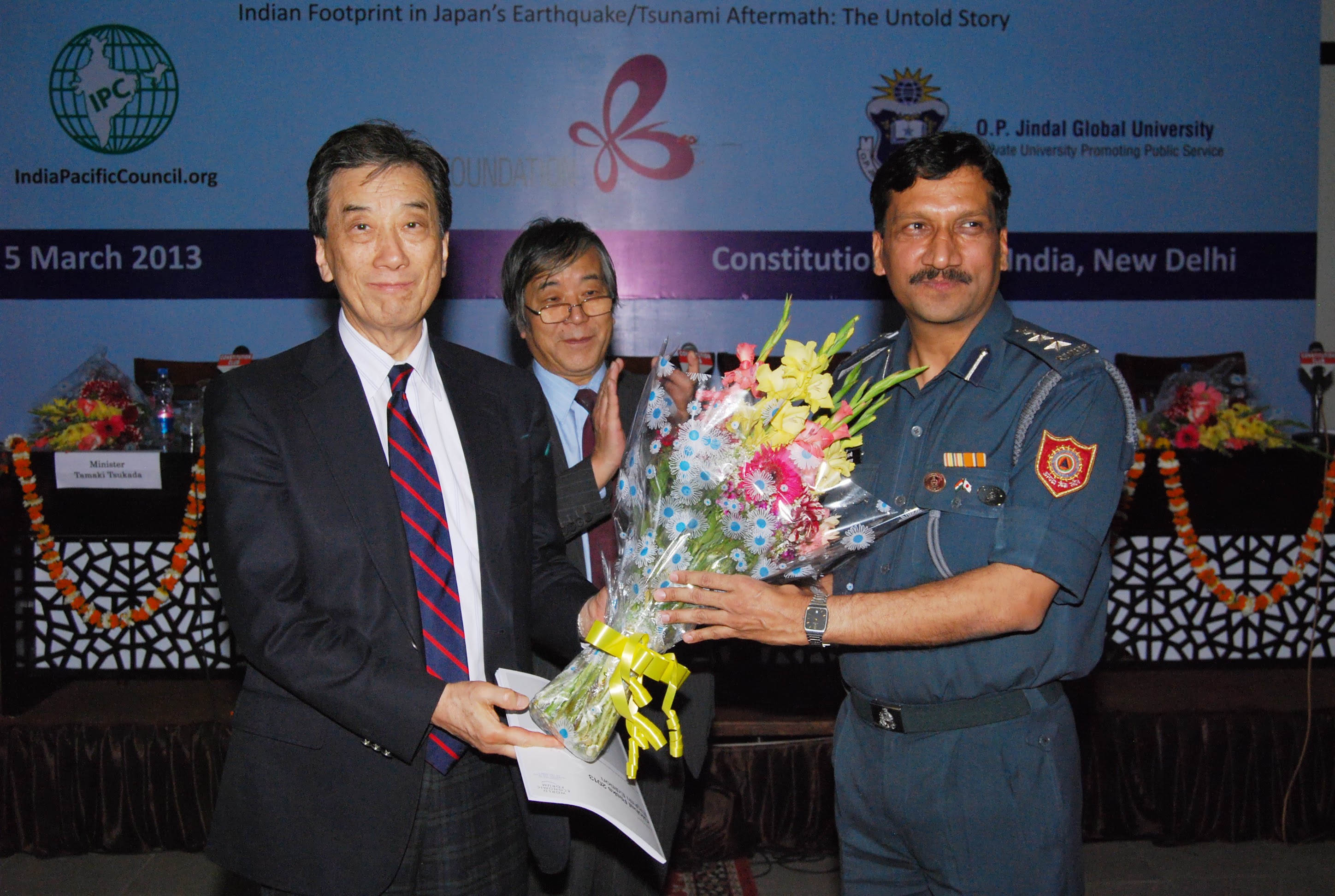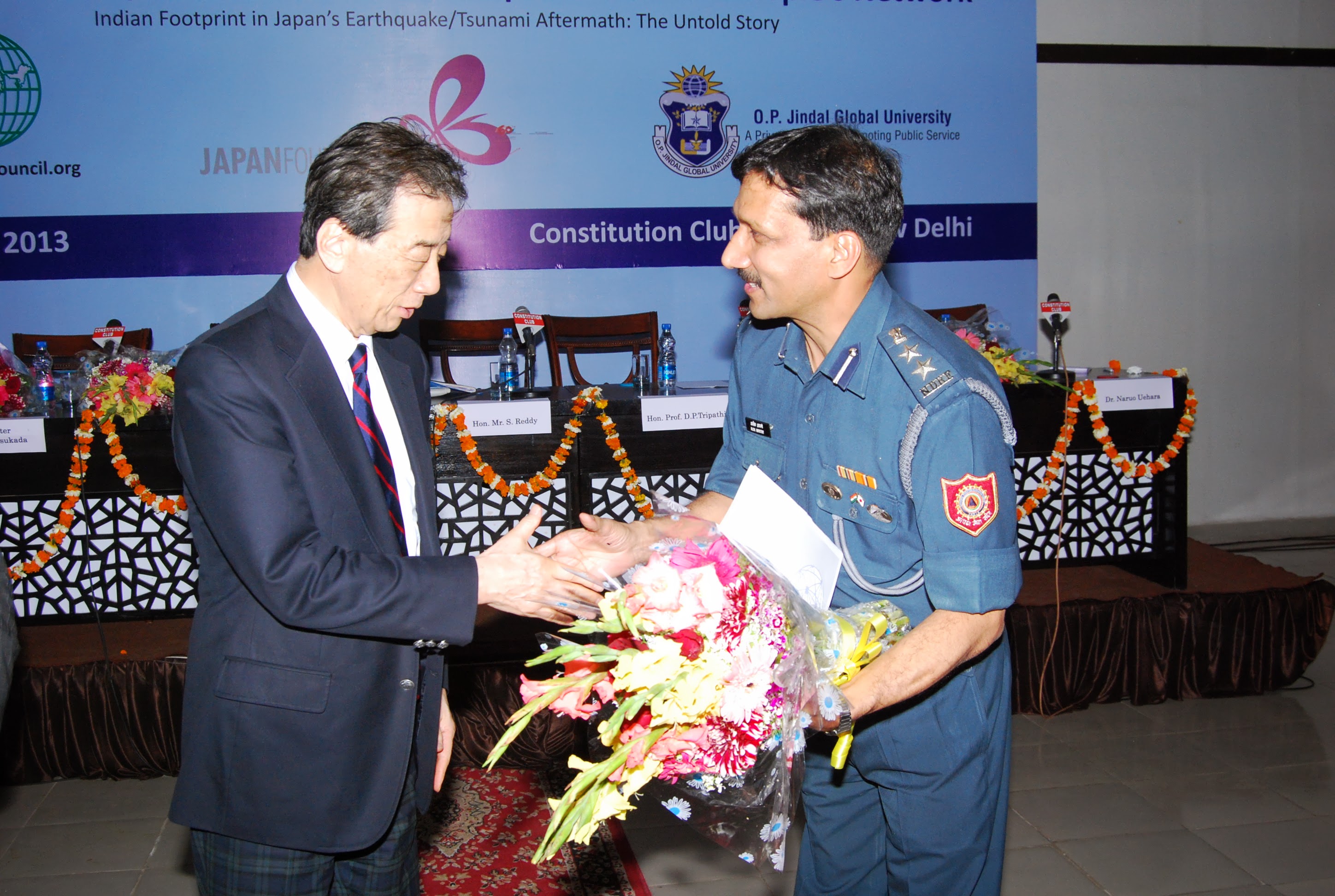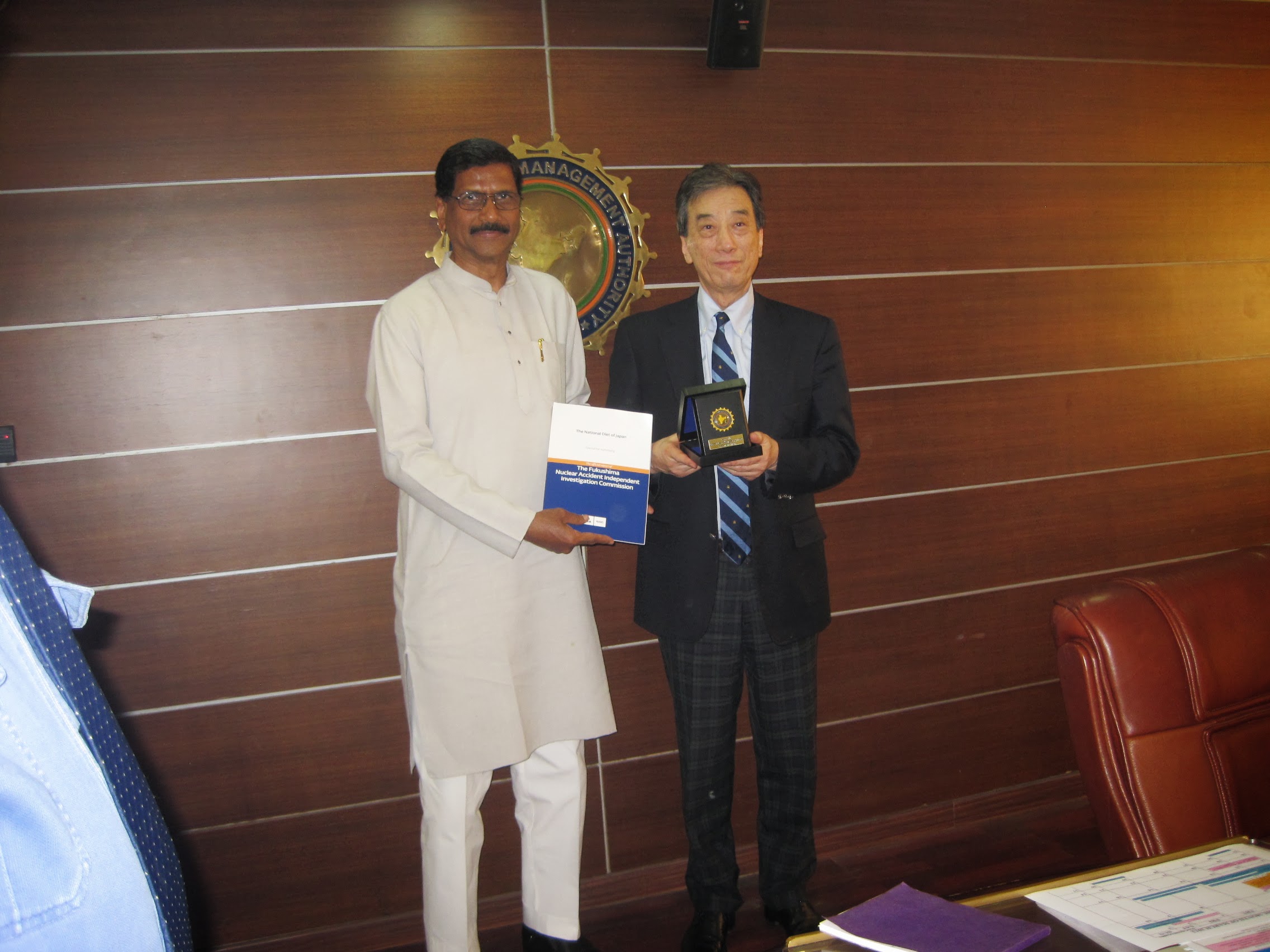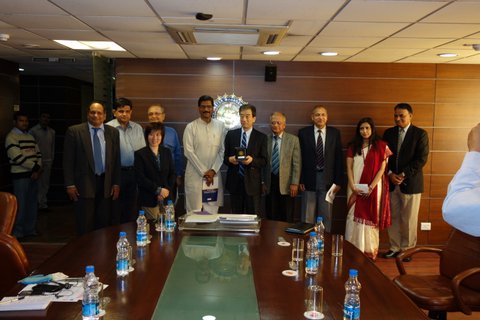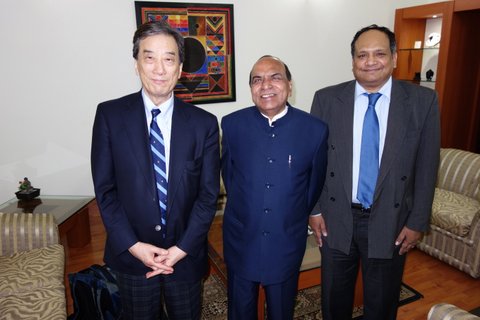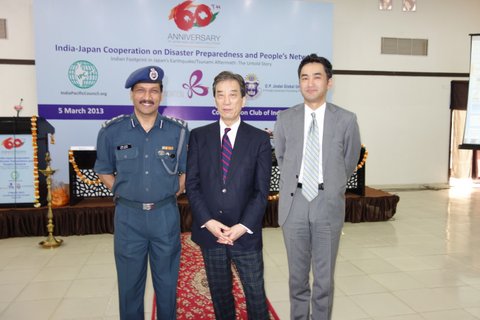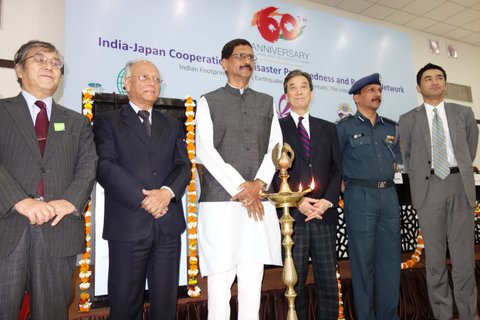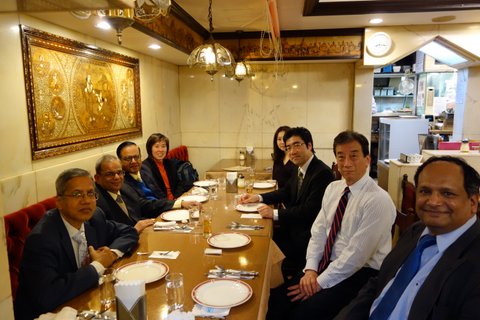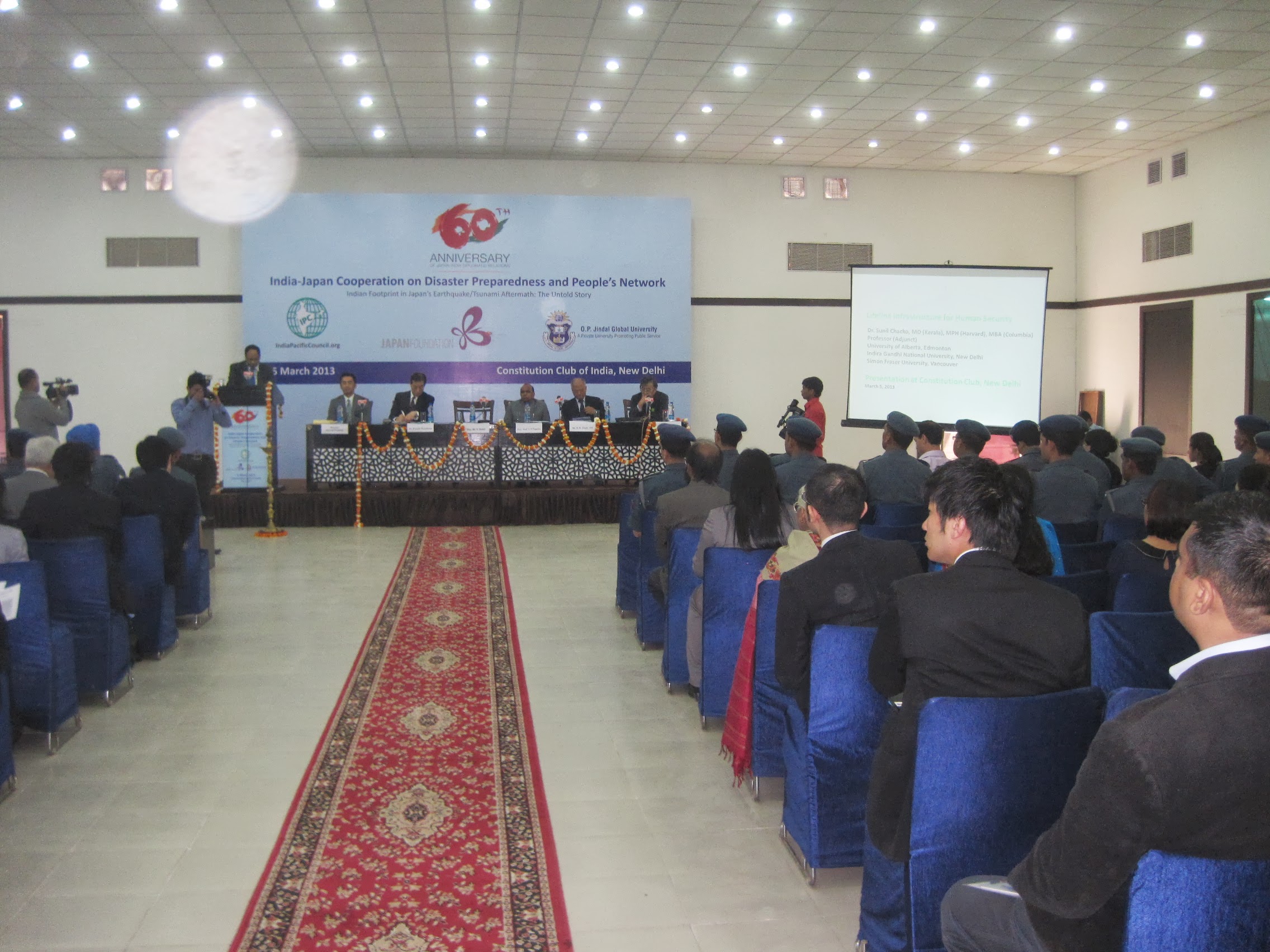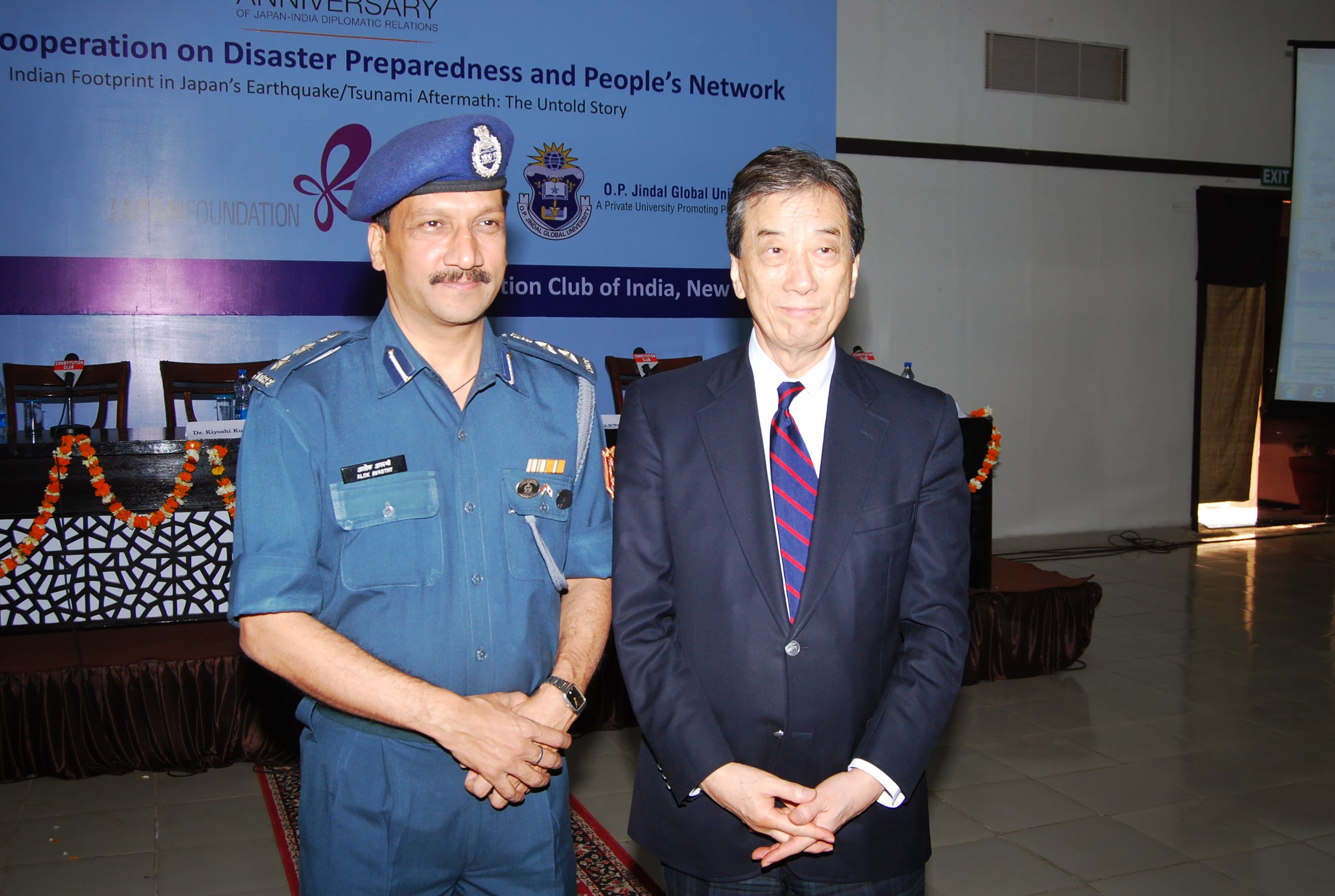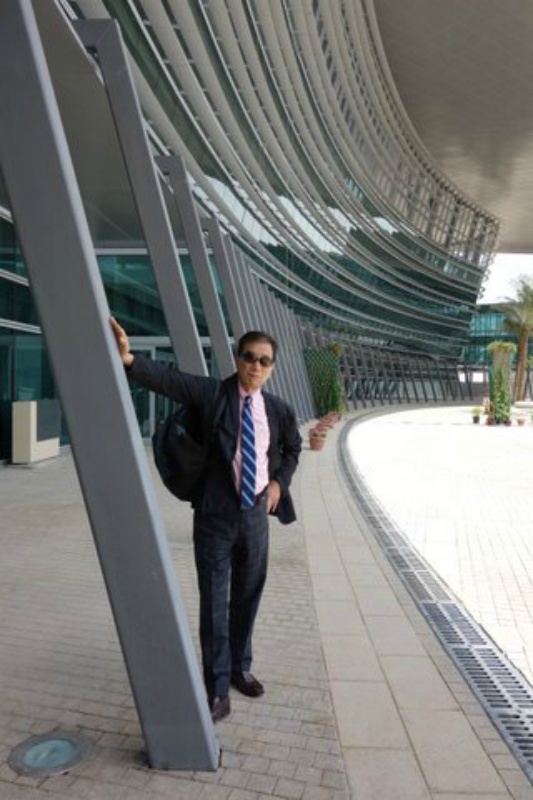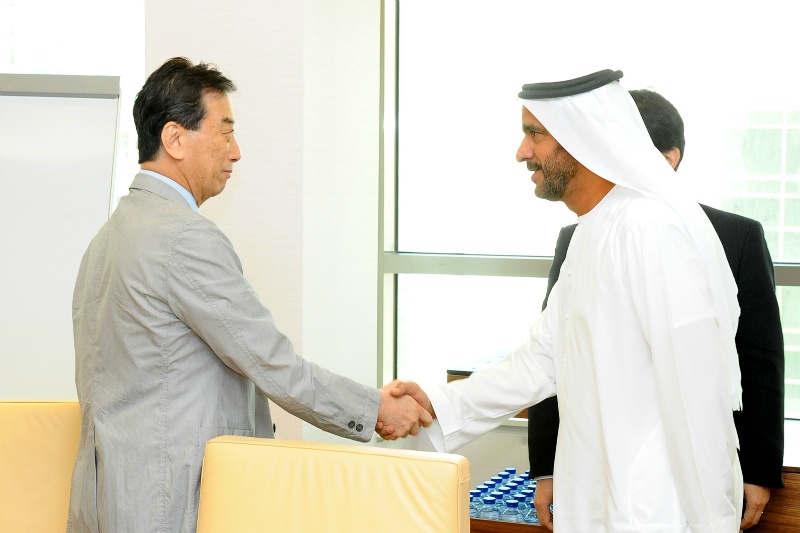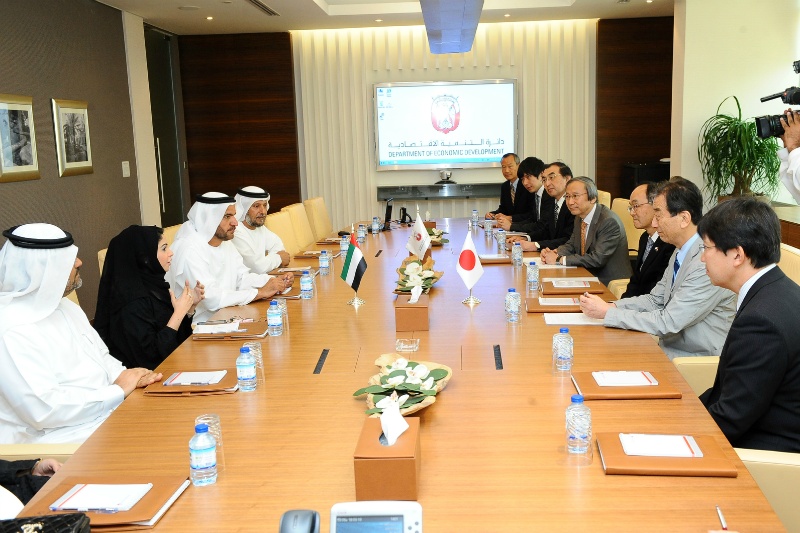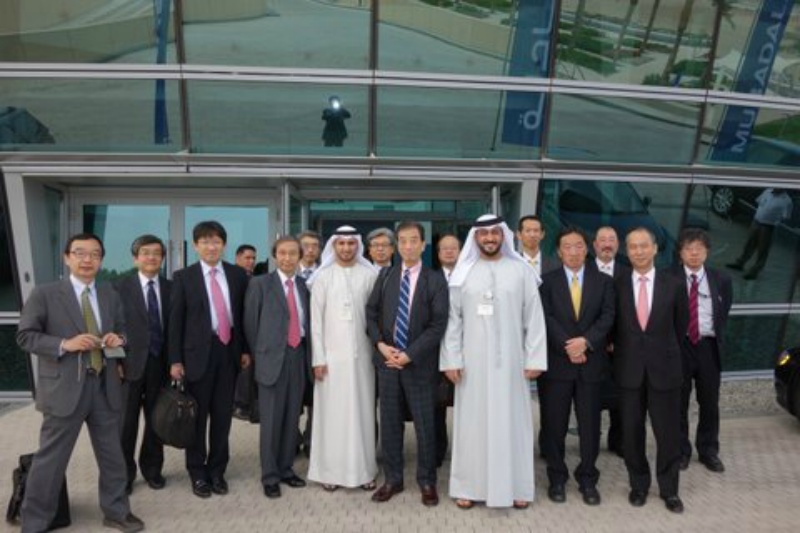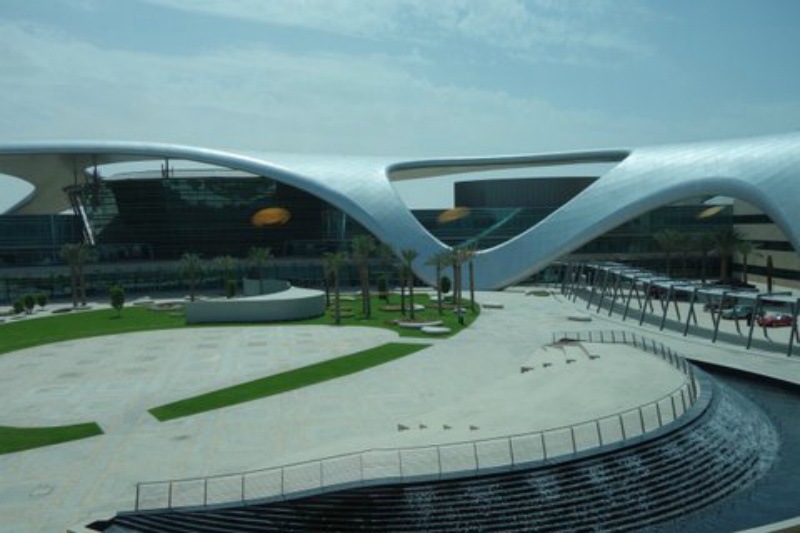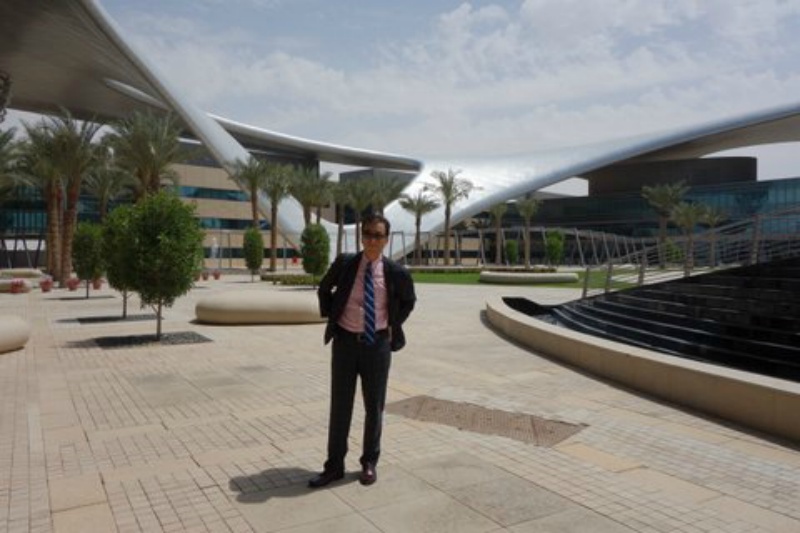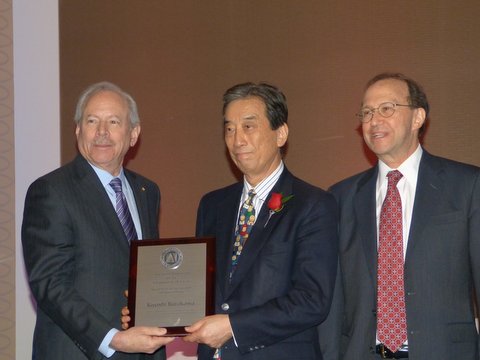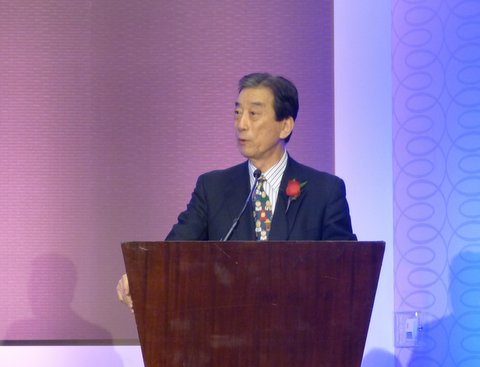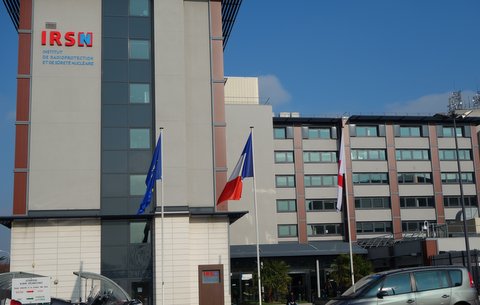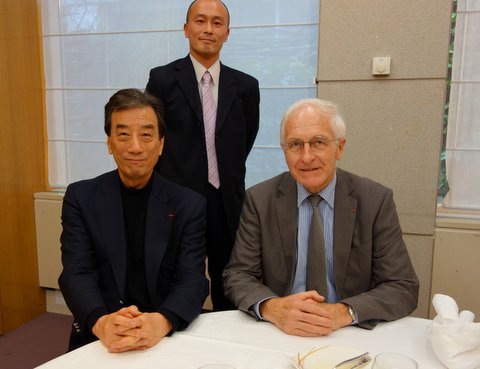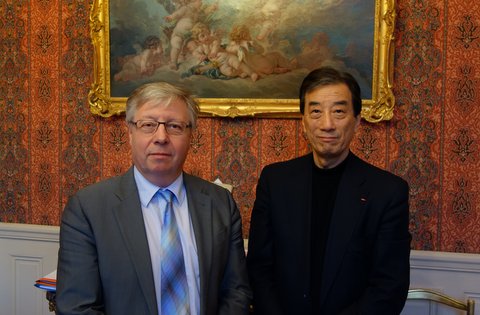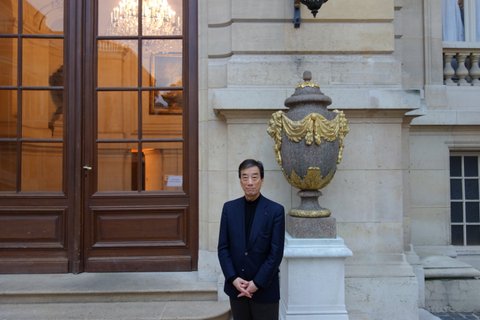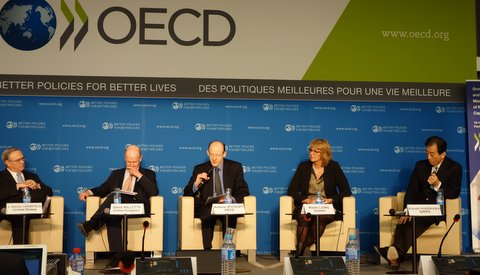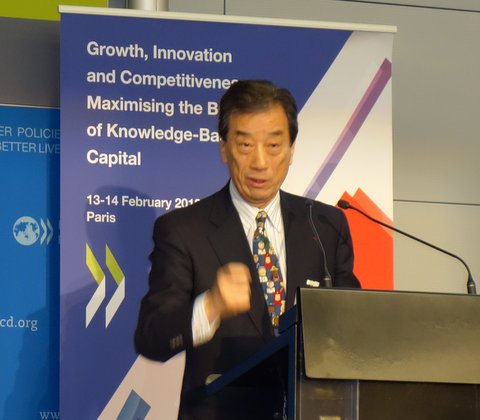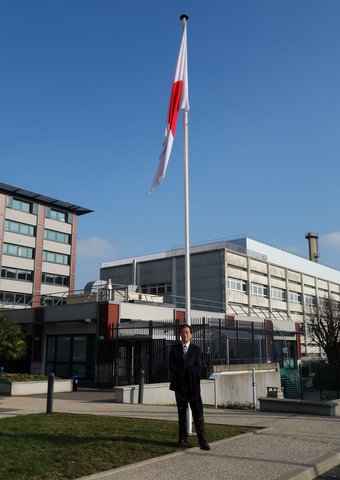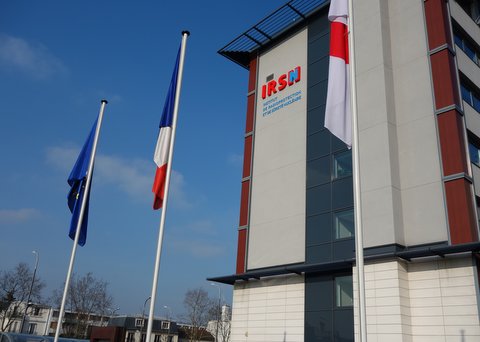I left St. Gallen in the afternoon, and arrived at Heathrow. A 90 minute-ride past verdant fields towards the south took me to West Sussex.
I was on my way to attend the UK-Japan 21st Century Group, a conference started by Prime Minister Nakasone and Thatcher of two nations, already into its 30th year. I was to participate a day late. The chairpersons were Honorable Lord Howard and Honorable Yasuhisa Shiozaki, both members of their respective parliaments.
The venue for the conference was the quintessentially English Wiston House. I was relieved to be on time for the dinner on the first night.
The second day, the 4th of May, started off with a talk on "4. Climate Change and Energy Policy" by me and Robin Grimes, the Chief Scientific Adviser to the Foreign and Commonwealth Office of the UK. The talk was followed by a lively discussion, with opinions from the floor. It was very enjoyable.
The other themes discussed this day were "5. Geopolitical and Security Challenges in East Asia and the Middle East," "6. The UK and Japan: Future Prospects for Trade and Investment," "7. Corporate Governance and 21st Century Capitalism and finally, Common Concerns." The variety and depth of the discussions carried out was truly stimulating and satisfying.
For the evening dinner, we moved to Amberley Castle. Whether it be Wiston House or Amberley Castle, old buildings are in a class of their own. The huge stones used and the absence of any strong earthquakes ensures that these buildings last a millennium.
The themes for the 3rd day were "8. International Development and Cooperation," "9. The UK and Japan, Progress in Developing UK-Japan Bilateral Cooperation and Prospects for the Future," and these were finished by noon.
Incidentally, the themes for the first day were "1. Latest Developments in Japan: The Political Situation and Economic Prospects," "2. Latest Developments in the UK: The Political Situation and Economic Prospects," "3. Retrenchment or Stagnation: Lessons from Japan’s ‘Lost Decades’."
A recurring theme for the past couple of years, be it at Davos or at St. Gallen, is the political situation and economic stagnation in the developed nations. This trend shows just how much the world is changing these days.
The attending English politicians were very intellectual, and did not abhor controversy which arose as a result of their wide-ranging perspectives and reasoning. This spoke volumes about their venerable tradition, and left me feeling that I have a lot to learn from them.
Both England and Japan are island nations, off the coast of large continents and with scarcely any raw materials. They also have their respective strengths and weaknesses, which I feel are very complementary. I feel that this partnership would be a very good one in the global context. Do you agree?
In the evening, I was at Heathrow, on my way home. I had spent two days at both St. Gallen and at West Sussex.
